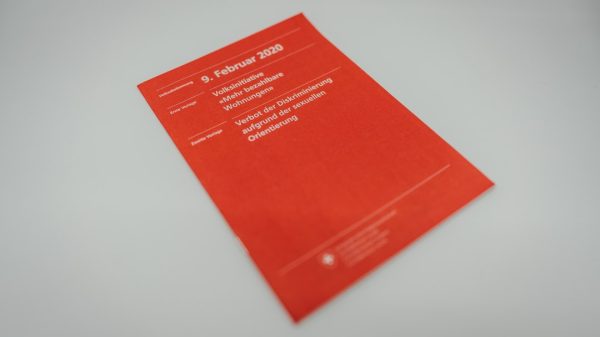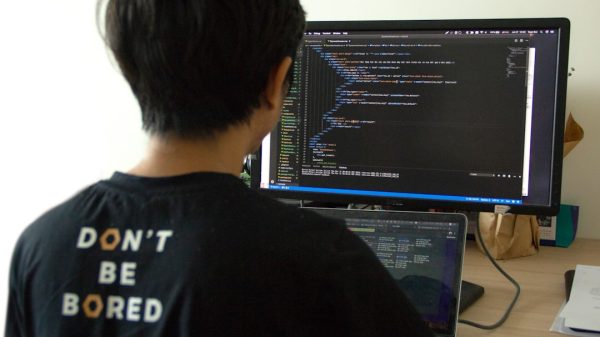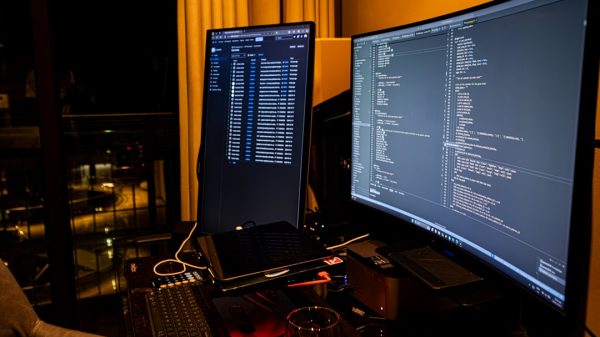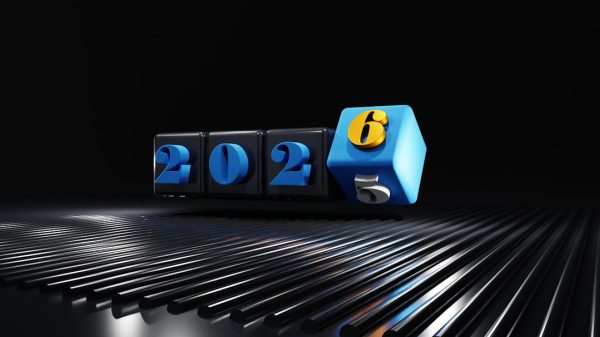With the rise of AI image generators and photo enhancement tools, people are leveraging platforms like ChatGPT to help them create, refine, and perfect realistic images. Whether you’re an aspiring digital artist, product designer, or content creator, mastering the art of prompting can unlock an entire world of photo-realistic possibilities. In this guide, we’ll walk you through step-by-step examples of well-structured prompts for creating and enhancing images using ChatGPT and related tools.
Understanding the Foundation of Photo Prompts
Before diving into examples, it’s important to understand what constitutes an effective image-generation prompt. The goal is to be descriptive enough for the AI to visualize your intent. You should include key elements like:
- Subject: What you want to be the focal point of the image.
- Environment: Background setting, time of day, and surrounding props.
- Style: Photorealistic, cinematic, painterly, etc.
- Camera specifics (optional): Lens type, angle, lighting conditions.
Now, let’s explore how to construct and refine prompts to create stunning visuals.
Step 1: Creating a Basic Realistic Image
Suppose you want to create a realistic photo of a person. Here’s a basic prompt:
Create a realistic photo of a young woman with curly hair standing in a sunflower field during golden hour.
This prompt works well because it’s simple yet descriptive. However, it can be improved. Let’s expand on it using additional parameters:
A stunning, photorealistic portrait of a young woman with auburn curly hair, wearing a flowy white dress, standing in a vibrant sunflower field at sunset. The image is captured with a 50mm lens, using natural backlighting to accentuate details and depth of field.
Notice how the descriptive language paints a clear picture. These kinds of enhancements not only help generate a better result but also ensure more consistency across versions.
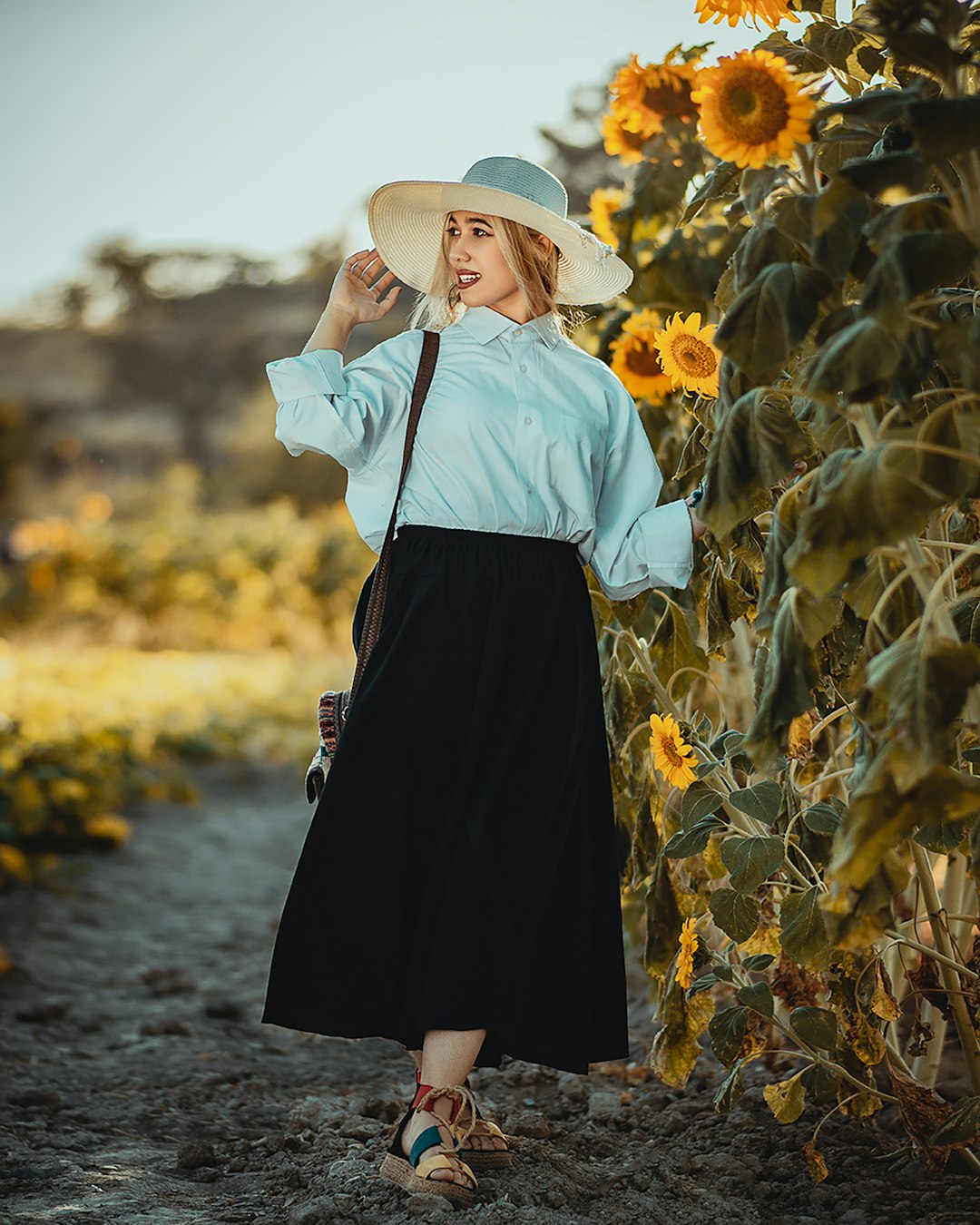
Step 2: Prompting for Character and Fashion Shots
Creating character photos with styled outfits or accessories is a common use case. For example:
A high-definition, full-body image of a futuristic soldier in a cyberpunk cityscape. The soldier is wearing glowing armor with blue neon accents, holding a plasma rifle, with rain falling in the background. Shot at night using dramatic lighting and a low-angle perspective.
This prompt includes:
- Character design: futuristic soldier
- Environment: cyberpunk city at night
- Style: neon, glowing, atmospheric lighting
- Camera angle: low-angle for dramatic effect
Such details are crucial for fashion-forward shots or concept art styles involving unique themes.
Step 3: Enhancing an Existing Image
AI tools can also enhance existing visuals by modifying lighting, style, texture, or focus. Here’s how you can craft a prompt to enhance a photo:
Enhance the contrast and dynamic range of the original image. Adjust the lighting to have a more cinematic tone, add subtle film grain, and slightly increase saturation to make the colors pop. Maintain the original composition and subject.
Whether using an AI photo enhancer or asking ChatGPT how to instruct tools like Photoshop or online editors to achieve the results, specificity goes a long way.
Step 4: Generating Environment and Landscape Shots
Let’s say you want to generate a beautiful nature shot. Here’s a prompt structure you can follow:
A scenic, realistic photograph of a serene lake surrounded by pine trees, with mist hovering over the water during early morning. Captured using a wide-angle lens with soft ambient light and slight fog in the background.
And if you’d like a version in autumn:
A peaceful lakeside scene during autumn, with vibrant orange and yellow leaves on the trees, gentle mist on the water's surface, and soft morning sunlight beaming through the branches.
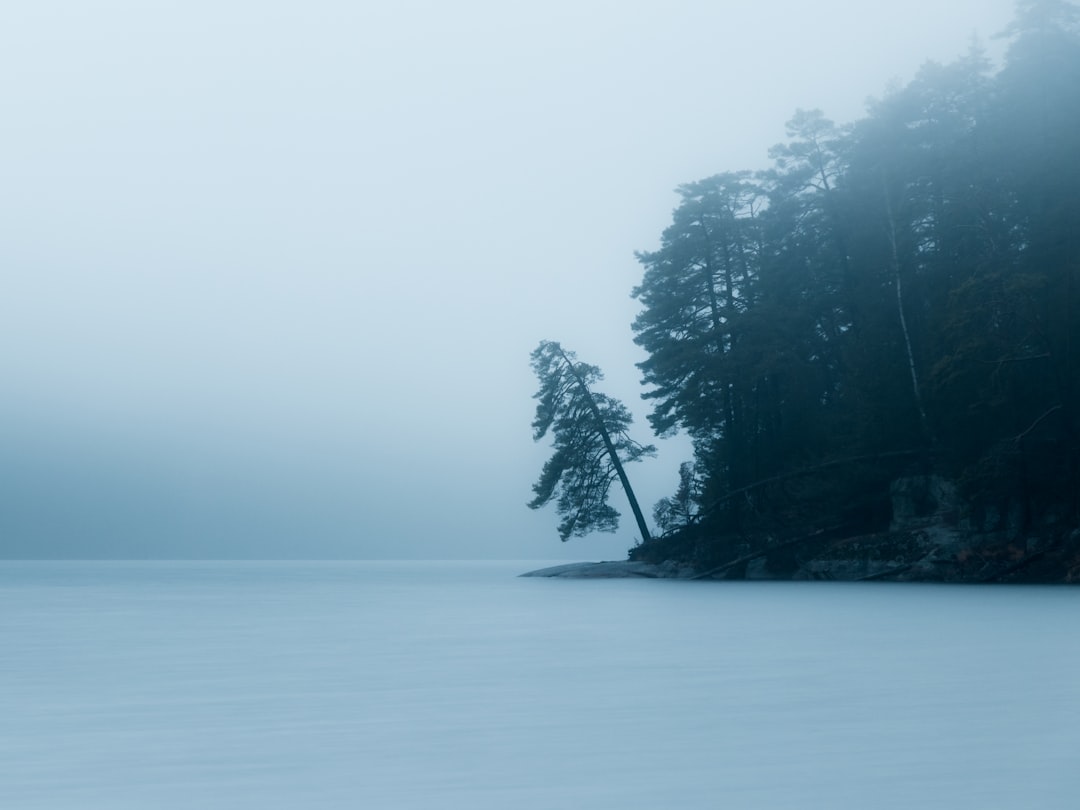
These prompts create opportunities to experiment with style and mood while maintaining realism.
Step 5: Composing Product Realism Photos
AI is becoming a powerful ally in generating product shots, especially for eCommerce. Here’s an example prompt for a modern product photo:
A hyperrealistic close-up image of a minimalist wristwatch with a black leather strap lying on a wooden table. The watch is photographed in daylight with natural shadows and a shallow depth of field, emphasizing its silver casing and clean white dial.
This prompt highlights texture (wood, leather), materials (metal casing), and photographic details (lighting, focus). To enhance realism further, consider including:
- Reflections or glares for realism
- Slight imperfections such as dust particles or fingerprint smudges
- Naturally varied surfaces like grainy wood or stone
Step 6: Integrating People with Environments
Getting a photo where people look naturally integrated into an environment requires tuning your prompt carefully. For instance:
A photorealistic image of an elderly man walking his golden retriever in a misty forest path. He wears a dark green coat and wool scarf, with autumn leaves scattered on the ground. Captured from a side angle to showcase motion and emotional warmth.
This prompt incorporates body language, character styling, relationships, and environment in a unified frame, making the outcome more authentic-looking.
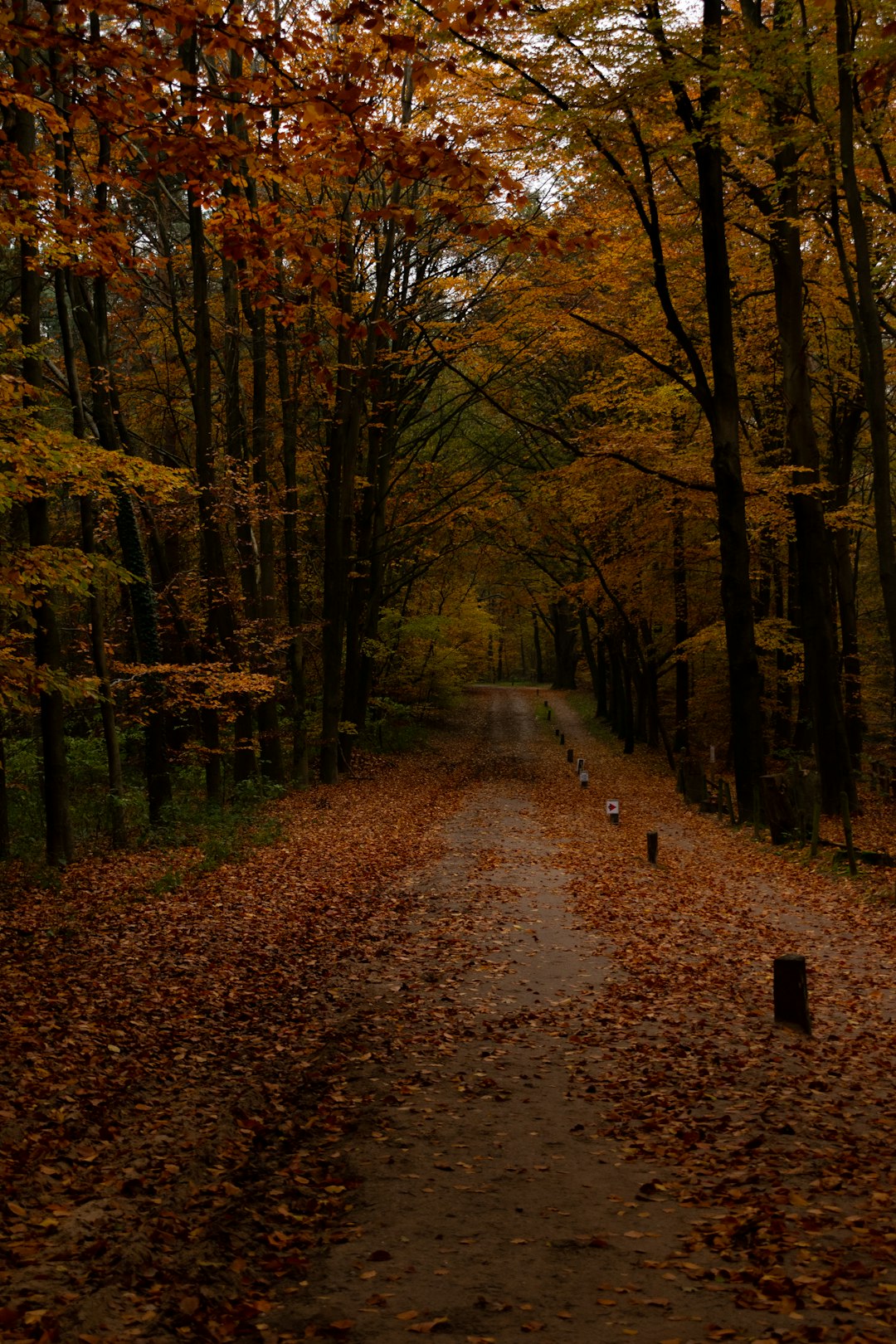
Tips for Refining Your Prompts
To get the most out of AI-assisted image creation, consider refining your prompts using the following tips:
- Use adjectives strategically: Don’t overload your prompt with vague adjectives. Instead, focus on sensory and spatial words like “glowing,” “foggy,” or “wide-angled.”
- Be mindful of composition: Include terms like “foreground,” “background,” “blurred,” or “rule of thirds” to direct AI composition.
- Use real-world references: Compare lighting styles or camera lenses with real tools such as “like a Canon 50mm f/1.8 lens for soft bokeh.”
- Iterate: Try generating multiple versions using variations of the same prompt to see what aspects work best.
Prompt Templates You Can Reuse
To make things easier, here are a few plug-and-play prompt templates you can adapt:
- Portrait: “A photorealistic headshot of a [description of person] in a [location/environment] with [lighting type] and [camera style].”
- Product: “A detailed product photo of a [product description] placed on a [surface/background], shot in [lighting condition] with emphasis on [feature].”
- Landscape: “A naturally lit photo of a [scene description] at [time of day], featuring [season/details] and using a [lens type or style].”
Conclusion
The key to realistic photo creation and enhancement with ChatGPT lies in structured, specific, and sensory-rich prompting. As you experiment with more detailed descriptions, you’ll see a significant improvement in the output quality — making your visuals more persuasive, appealing, and lifelike.
Use the examples above as a guide, and soon you’ll be creating AI-generated images that not only look real but also convey emotion and context with clarity.










